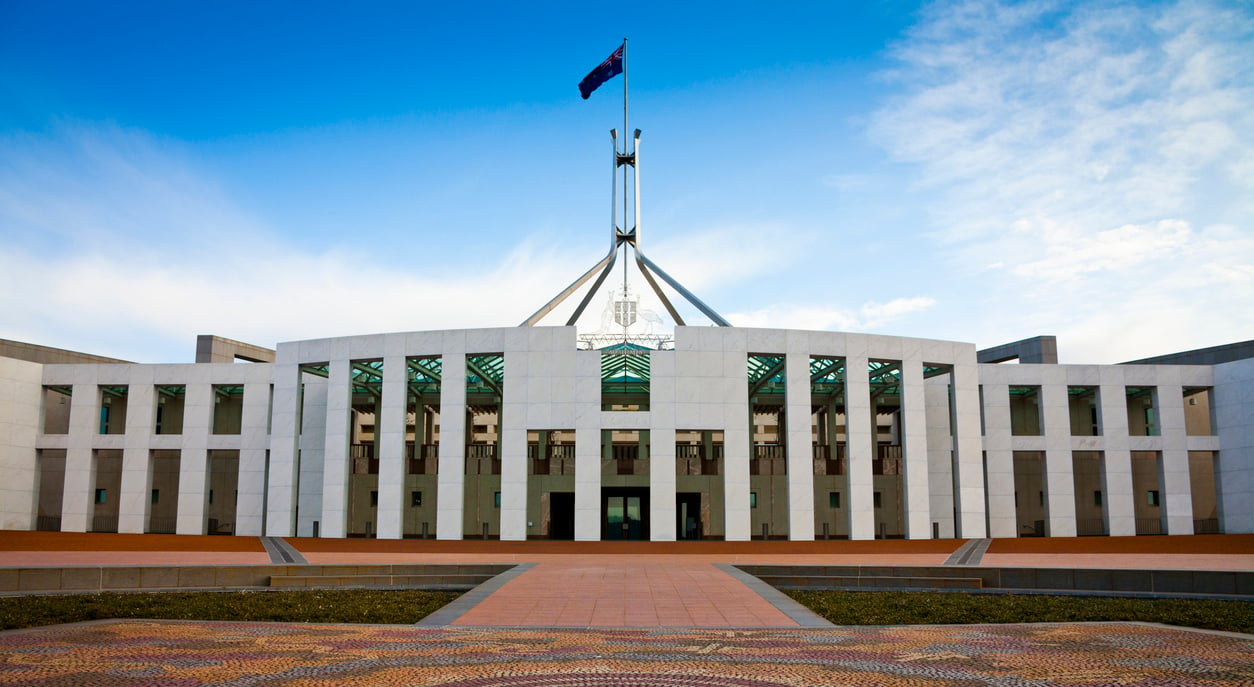
The Australian federal government’s highly anticipated Jobs and Skills Summit has just wrapped up. With 36 "immediate" initiatives already agreed upon, it’s clear that the pace of change regarding workplace and industrial relations reform is gathering steam.
While there are already several key considerations for employers to be aware of, it’s important to note that the Summit is just the first step in addressing skills and labour shortages. And employers, irrespective of size and industry, need to be prepared for further changes as the labour market undergoes its biggest transformation in decades.
We've written this article to highlight those initiatives and reforms which already have federal government support.
Changes to enterprise bargaining
The Albanese government has committed to legislation that will see multi-employer bargaining schemes reintroduced across Australia. The touted legislation is significant, considering it will rebalance the power dynamics between employers, employees, and unions.
These changes are expected to kickstart a new cooperative enterprise bargaining agenda to deliver productivity growth, higher wages and better working conditions. This will especially benefit predominantly fragmented small businesses and female-dominated industries, like childcare and aged care.
What this means for businesses:
The proposed reforms will primarily empower unions and employees, allowing them to negotiate with multiple employers across an industry to maximise the coverage of any agreed enterprise agreements.
While there are concerns from some businesses that these reforms may lead to widespread industrial action, it remains unclear at this stage how likely this might be.
Changes to the Better off Overall Test
Additionally, the federal government has also proposed changes to simplify the Better off Overall Test (BOOT), the central safeguard mechanism in Australia’s workplace system, ensuring that employees don’t go backwards in enterprise bargaining.
What this means for businesses:
While not confirmed, the simplification of the BOOT will likely benefit employers, especially if revisions are made to the hypothetical scenarios and comparisons clauses, which many consider complex and prohibitive.
Changes to flexible working arrangements
The federal government has committed to amending the Fair Work Act. This will strengthen protections against discrimination, improve access to flexible working arrangements, and make unpaid parental leave more flexible.
Further, while not yet endorsed by the federal government, both unions and businesses agreed at the Summit to endorse and promote an expansion of government-financed paid parental leave from 18 weeks to 26 weeks. According to the Grattan Institute, this is estimated to cost an additional $600 million a year.
What this means for businesses:
Workers will benefit from enhanced protections against all forms of discrimination and harassment while employers can expect greater support from the Fair Work Commission to reach mutually-beneficial agreements to disputes.
Additionally, employers should benefit from greater participation by women in the workforce, should the federal government agree to any expansion of the paid parental leave scheme.
Boost to immigration numbers
The Federal government has committed to overhauling Australia’s migration program in a bid to plug severe skills shortages. Starting from the current financial year, the ceiling for Australia’s permanent migration program will lift from 160,000 to 195,000 places. Further, the number of regional visas will increase by 9,000 to 34,000 places and State and Territory visas will also increase from 11,000 to 31,000.
The government will also invest $36.1 million into visa processing capabilities to accelerate approval processes and alleviate the backlog.
Income flexibility for pensioners
The federal government has committed to a one-off income credit for aged pensioners, increasing the amount which can be earned in a single financial year by $4,000 without losing part of the pension. This comes on top of the current $480 fortnightly earning limit.
What this means for businesses:
This is designed to encourage older workers to participate in the labour market and mobile the ‘grey’ workforce, helping alleviate skills shortages for employers.
Extending post-study rights for international students
International students studying a bachelor’s degree in nursing, engineering and IT will be eligible to work for four years after graduating in Australia, a doubling of the current two-year limit. All master's graduates can now work up to five years (increased from three years), while PhD graduates can work up to six years (increased from four years).
TAFE
In cooperation with state and territory governments, the federal government has committed to creating 180,000 more fee-free TAFE places for 2023, at a cost of $1.1 billion.
What this means for businesses:
Employers struggling due to skills and labour shortages will be the primary beneficiaries of these reforms.
Diversity and inclusion
During the Summit, there was a commitment to improving access to jobs and training pathways for women, First Nations people, regional Australians and culturally and linguistically diverse people. This will also include equity targets for training places, 1,000 digital apprenticeships in the Australian Public Service, and other measures to reduce barriers to employment.
Gender equality
Businesses with more than 500 employees will be required to commit to measurable targets to improve gender equality. And the Workplace Gender Equality Agency will also begin collecting data on the pay gap, specifically for First Nations and culturally diverse women, as well as women living with a disability.
In summary
Collectively, these changes are designed to enhance productivity and wage improvement. It will also create a collaborative and streamlined negotiation process for enterprise bargaining between employers and employees.
However, there are some concerns that multi-employer bargaining may lead to widespread industrial action and an expanded industry-wide bargaining regime. Although, the outlook and impact s unclear at this early stage.
To discuss how these changes or potential future changes might affect you, please contact us.




